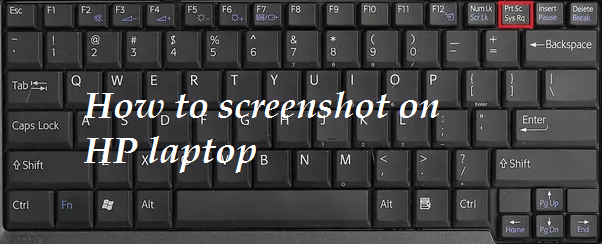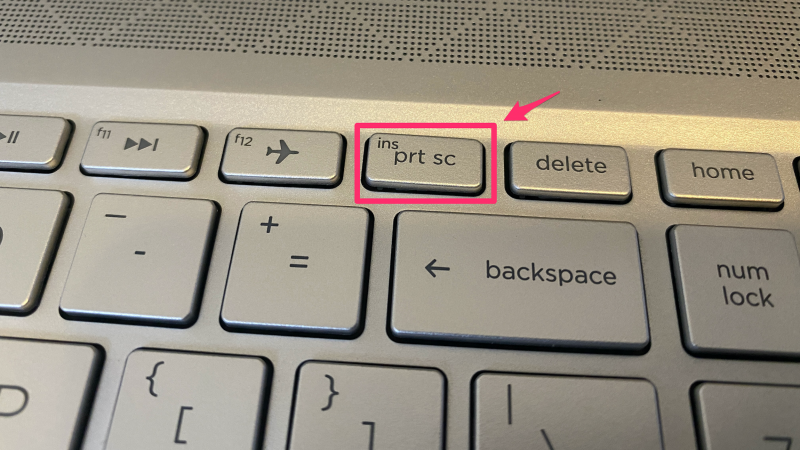

These are some of the many processes you can follow to take a screenshot on an HP laptop. Even if you come across time-sensitive content, we have a method that will instantly save the image without wasting another second. It is a very easy process and you can definitely save the contents of your screen within minutes. In order to take a screenshot on an HP laptop, you will have to use some of the common screenshot methods that are present by default in Windows OS, assuming you are running the Windows operating system.

But essentially, taking a screenshot simply means capturing the contents present on the screen at a particular time and storing it in an image format for further use. There are many different names given to a screenshot that are screengrab, screencap, screen capture, and many more. Capturing The Screenshot of Partial Screen Capturing A Screenshot of The Complete Screen Stick until the end to find out various different methods that allow you to take a screenshot on an HP laptop. Here, you will find the best methods to capture a screenshot in general. It can be a fullscreen image, a cropped portion of the frame, a manually cut section, and so on. While this information is focused on HP laptops, you can try the same steps on almost any other standard Windows laptop and get identical results.
#HOW TO TAKE A SCREENSHOT ON WINDOWS 8 LAPTOP HP HOW TO#
Today, we will guide you on how to take screenshots on an HP laptop. Due to the vast compatibility of Windows OS, you have a lot of options available to take different types of screenshots. However, taking a screenshot on an HP laptop is a bit different. For that, you will need to learn how to take a screenshot on HP laptops.Ī screenshot is a very common feature nowadays and is available on every system. Sometimes, you might also come across information that will only appear once and you won’t be able to access it later unless you store it.

While you are using a laptop, you might have to store the information present on the screen as an image so that you can access it later without actually going through any other pages or media.


 0 kommentar(er)
0 kommentar(er)
